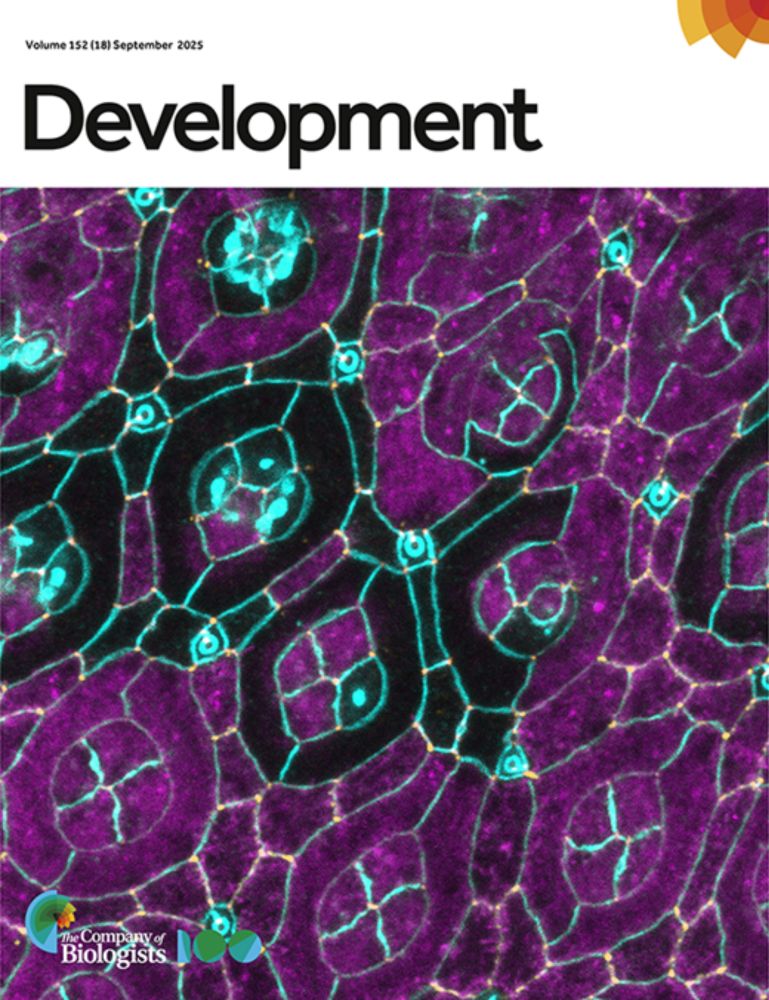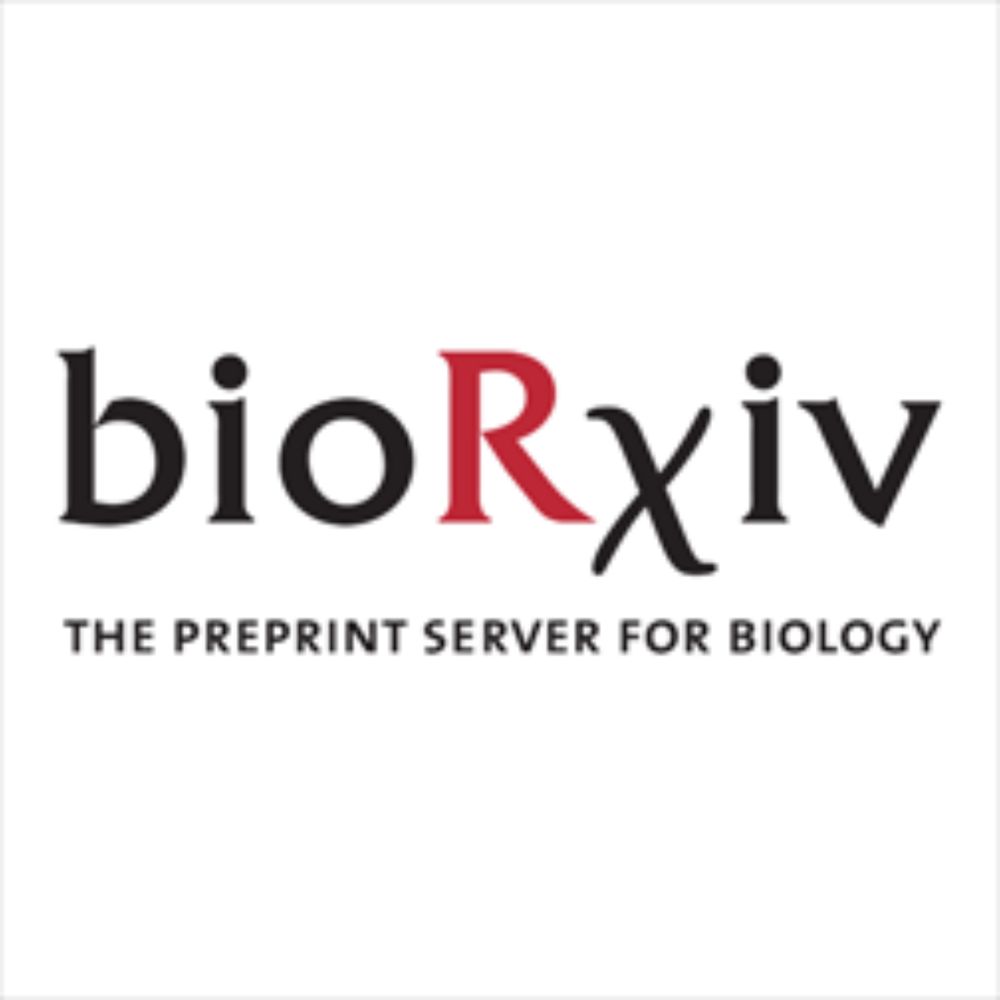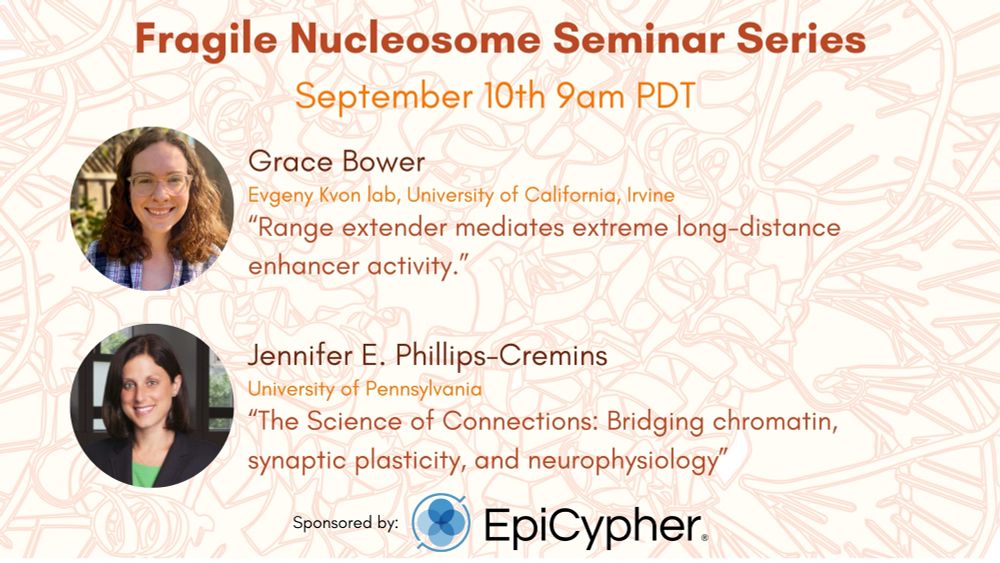Marco Trizzino
@marcotrizzino.bsky.social
2.8K followers
1.1K following
200 posts
Associate Professor of Developmental and Evolutionary Genomics at Imperial College London, Department of Life Sciences. Spent a decade in Philly, #FlyEaglesFly
https://marcotrizzino.wordpress.com/
Posts
Media
Videos
Starter Packs
Pinned
Reposted by Marco Trizzino
Reposted by Marco Trizzino
Reposted by Marco Trizzino
Reposted by Marco Trizzino
Reposted by Marco Trizzino
Reposted by Marco Trizzino
Reposted by Marco Trizzino
Reposted by Marco Trizzino















